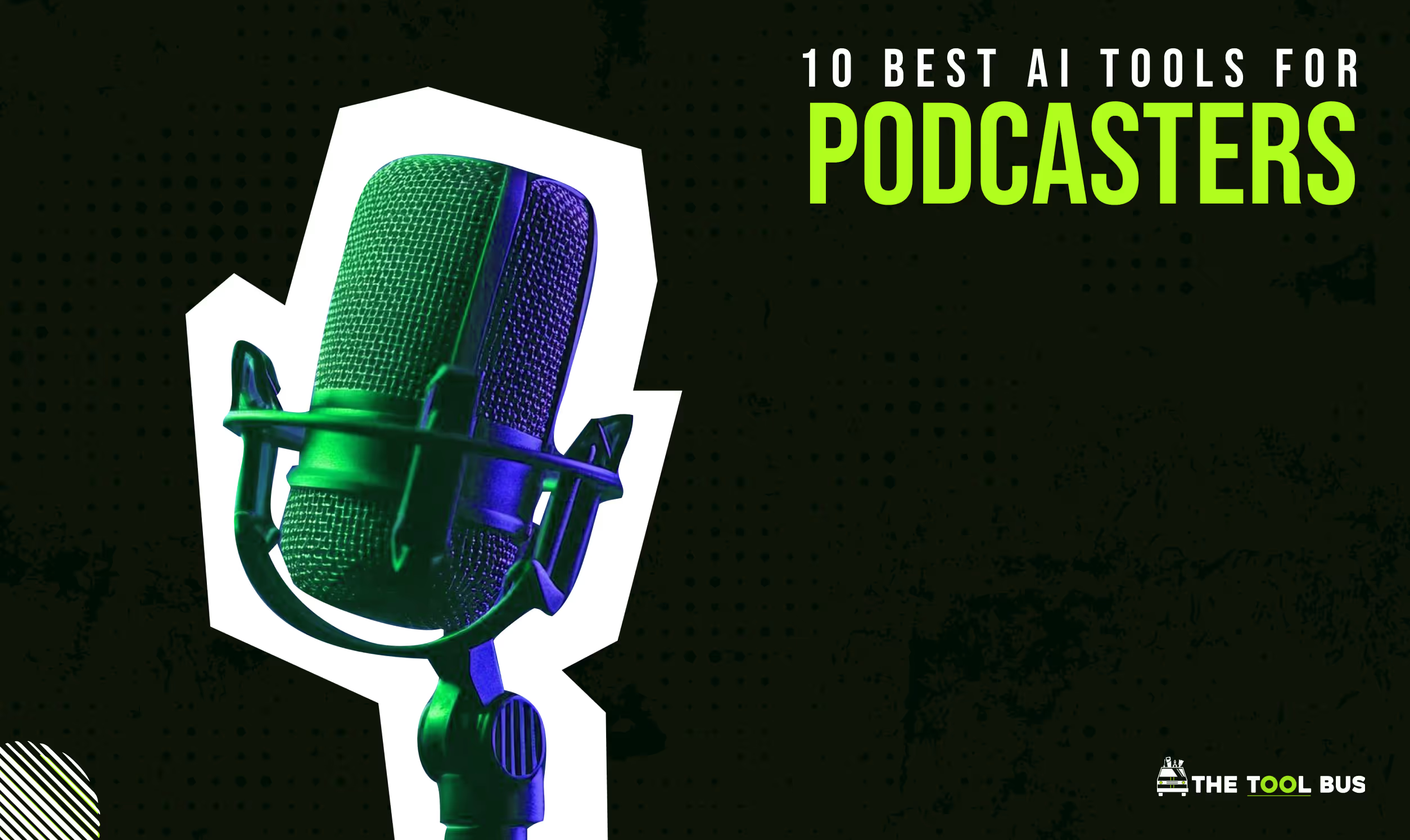The Rise of Multimodal AI: What You Need to Know

Artificial intelligence is evolving beyond single-purpose tools into systems that can see, hear, understand, and reason—all at once. This breakthrough is called multimodal AI, and it's set to redefine how we interact with technology.
At TheToolBus.ai, we track the latest AI advancements to help you stay ahead. In this guide, we’ll cover:
✔ What multimodal AI is and how it works
✔ Key real-world applications
✔ How businesses and creators can benefit
✔ Challenges and future trends
Let’s dive in!
1. What Is Multimodal AI?
Definition:
Multimodal AI refers to artificial intelligence that can process and generate multiple types of data—such as text, images, audio, and video—simultaneously.
How It Differs from Traditional AI:
- Unimodal AI (e.g., ChatGPT for text, DALL·E for images) handles one data type.
- Multimodal AI connects these abilities, allowing deeper context and richer interactions.
Key Players in 2025:
- GPT-5 (OpenAI) – Expected to integrate text, images, and voice seamlessly.
- Gemini 2.0 (Google) – Advanced cross-modal reasoning.
- Claude 4 (Anthropic) – Ethical, human-aligned multimodal AI.
2. How Multimodal AI Works
Multimodal AI combines:
🔹 Computer Vision (Understanding images/video)
🔹 Natural Language Processing (NLP) (Understanding text/speech)
🔹 Speech Recognition & Synthesis (Voice interactions)
Example Workflow:
- You upload a photo of a restaurant menu in French.
- The AI reads the text (OCR), translates it to English, and recommends dishes based on visuals.
- It then generates a spoken summary in your preferred language.
3. Real-World Applications of Multimodal AI
🚀 For Businesses
- Smart Customer Support – AI analyzes text chats, screenshots, and voice calls to resolve issues faster.
- Automated Content Moderation – Detects harmful text, images, and videos in real time.
- Enhanced Market Research – Processes social media images, videos, and reviews for trends.
🎨 For Creators
- AI Video Editing – Automatically cuts clips based on spoken words and scene visuals.
- Interactive Storytelling – Generates comics, animations, and games from text prompts.
- Voice-Controlled Design – "Draw a red logo with a mountain" → AI creates it instantly.
🏥 For Healthcare
- Diagnostic Assistance – Combines X-rays, doctor’s notes, and patient history for better analysis.
- AI Medical Chatbots – Understands voice symptoms and visual skin conditions.
🏠 For Everyday Life
- Smarter Home Assistants – Understands both voice commands and visual cues (e.g., "Order more of this" while pointing at an empty milk carton).
- Augmented Reality (AR) Guides – Overlays instructions when you look at machinery or recipes.
4. Benefits of Multimodal AI
✅ More Natural Interactions – Like communicating with a human.
✅ Higher Accuracy – Cross-referencing multiple data types reduces errors.
✅ Faster Workflows – No need to switch between separate tools for text, images, and audio.
✅ Personalization at Scale – Tailors responses based on user preferences in all formats.
5. Challenges & Considerations
⚠ Data Privacy Risks – Handling multiple data types requires robust security.
⚠ Bias Amplification – If training data is flawed, biases can spread across modalities.
⚠ High Computational Costs – Processing video + audio + text demands powerful hardware.
⚠ Regulatory Uncertainty – Laws haven’t fully caught up with multimodal AI’s capabilities.
Solutions:
- Federated learning (keep data decentralized).
- Bias audits for training datasets.
- Edge AI (local processing to reduce cloud dependency).
6. The Future of Multimodal AI
By 2025, expect:
🔮 Seamless Human-AI Collaboration – AI teammates in virtual workplaces.
🔮 Emotionally Intelligent AI – Detects tone, facial expressions, and context.
🔮 Real-Time Universal Translators – Instant voice + text + sign language translation.
🔮 AI-Generated Virtual Worlds – Fully immersive, dynamic environments.
7. How to Prepare for Multimodal AI
For Businesses:
- Audit workflows for multimodal automation opportunities.
- Train teams on tools like GPT-5 Vision or Google Gemini.
- Prioritize data ethics to build trust.
For Creators:
- Experiment with tools like Runway ML (video) or MidJourney + ChatGPT combos.
- Develop cross-disciplinary skills (e.g., prompt engineering for text-to-video).
Conclusion: The Next Leap in AI Is Here
Multimodal AI isn’t just an upgrade—it’s a fundamental shift toward more intuitive, powerful technology. Early adopters will gain a competitive edge in creativity, productivity, and customer engagement.
Need the best multimodal AI tools? Explore TheToolBus.ai for curated solutions!



